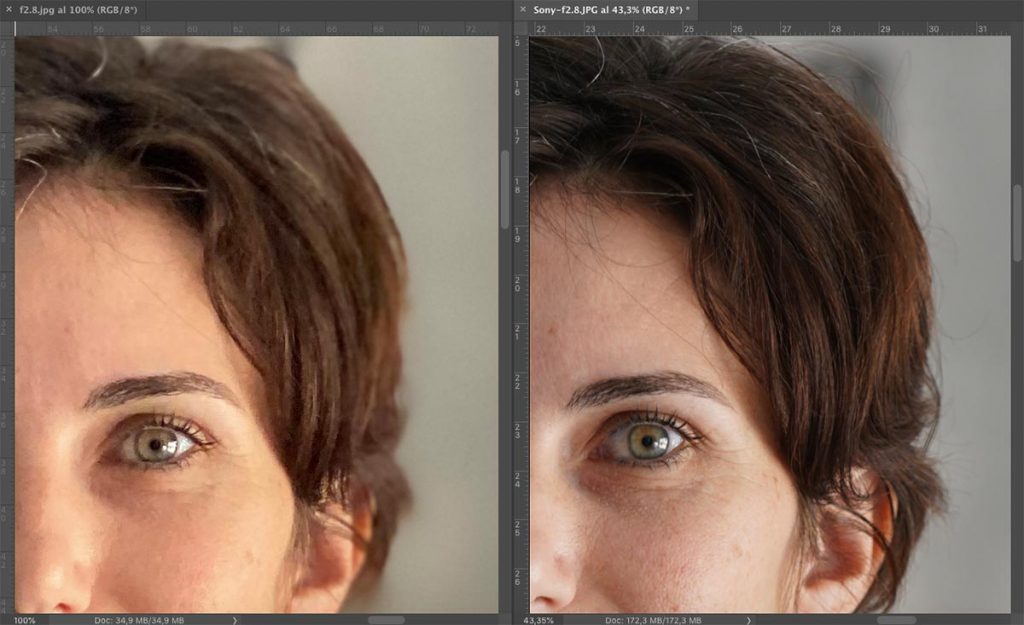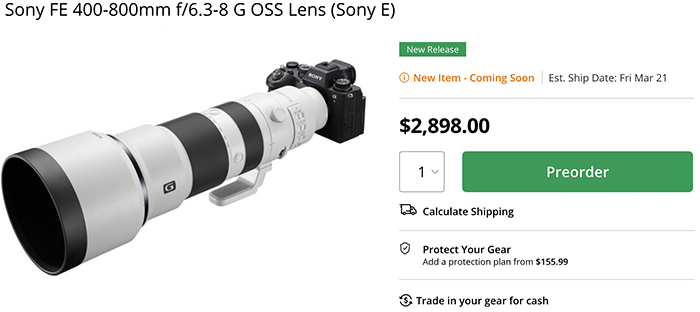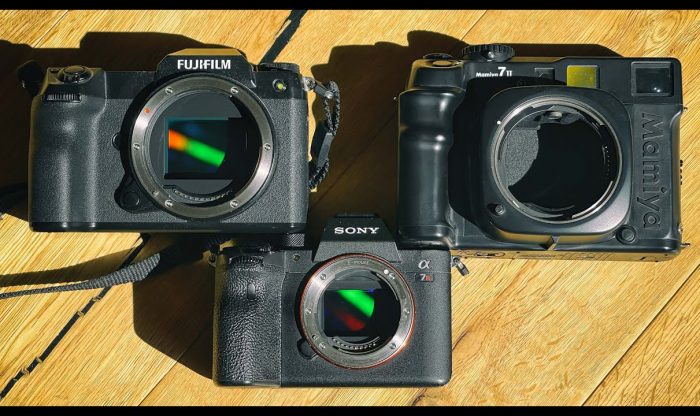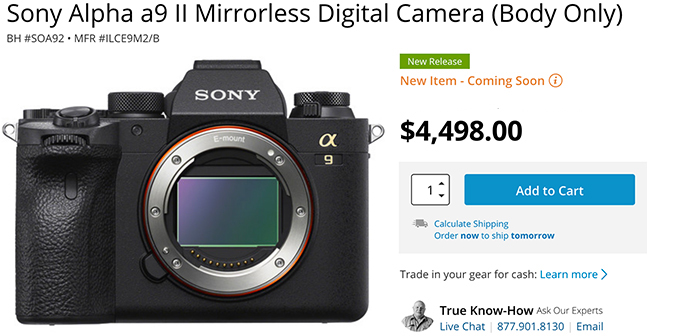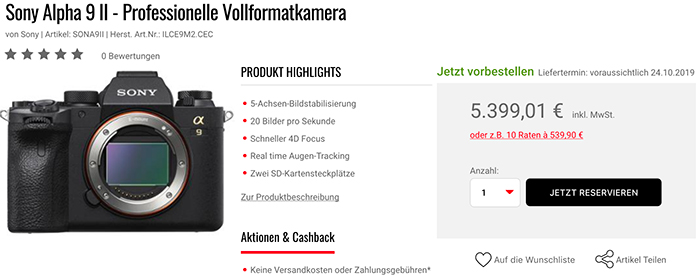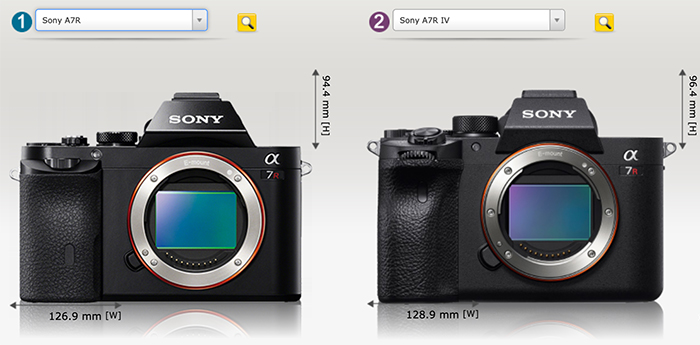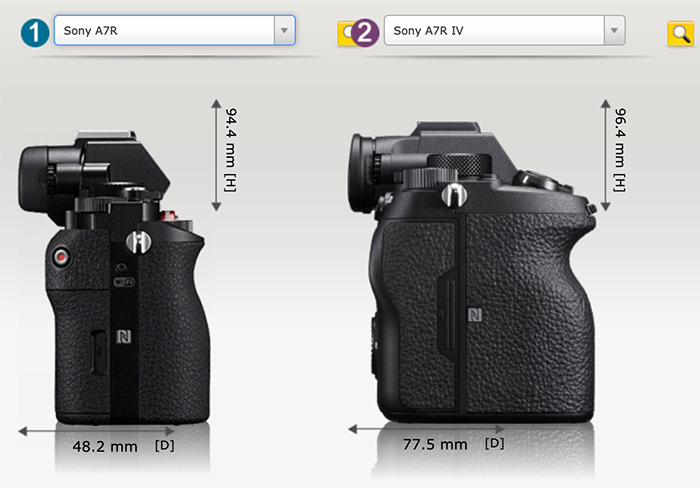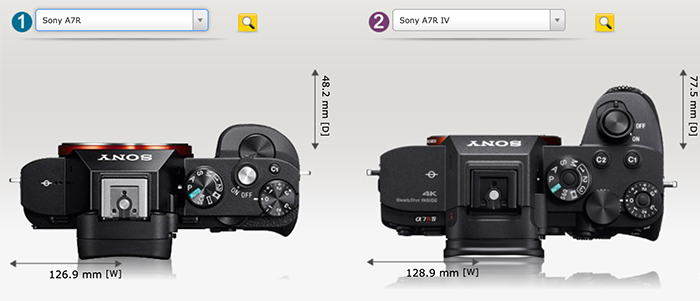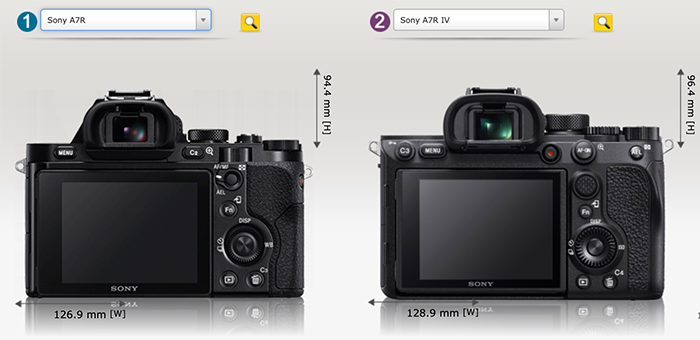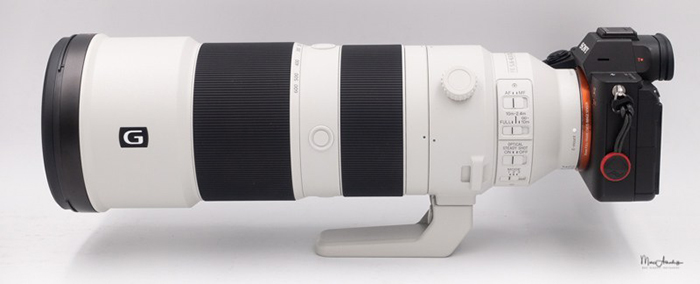
Marc Alhadeff tested the new Sony 200-600mm FE lens and writes:
The Sony FE200-600 GM OSS F5.6-F6.3 (2100 euros) is an excellent telephoto lens with excellent performances for its price point and the first one of its class with internal zooming
It will be ideal for sports and animals shooters who can’t afford the Sony 400mm F2.8 GM or the Sony 600mm F4 GM (= most of us), and for those type of photos it will give better results than the Sony FE 100-400mm F4.5-5.6 GM both in term of sharpness and in term of usability thanks to its fantastic internal zooming
Pay attention to the complementarity with your existing lenses , if you have only a Sony 24-70 F2.8 GM or a Sony 24-105mm F4 you may have a gap between 70 and 200mm you may want to bridge with a Sony 70-200mm F4 G or a Sony 70-200mm F2.8GM , or stick to the Sony FE 100-400mm F4.5-5.6 GM if you don’t go often above 400mm
An unexpected strong point of this lens is the quality of its background blur which is very soft and pleasant and the compression effect you can get is stunning
Teleconverters can be used but they will only work well on A9, if you have a A7RIII , just use the APSC crop mode if you need more zoom than the 600mm or use a 6400 as a secondary body
Highly recommended !
New Sony tele FE lenses:
Sony 200-600mm FE in USA at Amazon, BHphoto, FocusCamera, BuyDig, Adorama and Henyrs.
Sony 600mm FE GM in USA at Amazon, BHphoto, FocusCamera, BuyDig, Adorama and Henyrs.
Sony 200-600mm FE in Europe at Amazon DE. Calumet DE. Amazon UK. WexUK. ParkCameras. Amazon FR. Amazon IT. Amazon ES.
Sony 600mm FE GM in Europe at Calumet DE.WexUK. ParkCameras.
Sony 200-600mm FE in Asia at Sony Japan. Sony Australia.
Sony 600mm FE GM in Asia at Sony Japan. Sony Australia.
